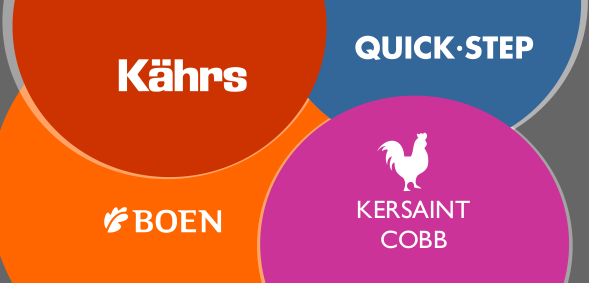We are London based flooring company offering a complete range of wood floor restoration, fitting and floor maintenance services. We are flooring contractor serving residential and commercial projects of various sizes throughout Greater London and beyond.
Having a
Question?
Do not hesitate to ask questions that would help the planning of you renovation project.
We do obligation free site visits too.
Dustless
Sanding Equipment
Obligation Free
Site Visits
Available 7 Days,
52 Weeks
Keys Collection & Drop Off Service
Floors Installed & Renovated By Trusted Floor Fitters

Hardwood & Engineered Floor Installation
Our services include glue-down and nail-down installation of hardwood and floating installations for engineered flooring, with all relevant precautions for damp proofing - moisture testing and levelling of concrete and timber subfloors.
To provide your installation with Service Guarantee we make sure, we have selected the right insulation, method of installation and the measurement we have collected are in acceptable limits.
Within our range of solid wood products, we install Junckers solid wood and sports flooring.
We do floor sanding and line marking sport floors as well.

Parquet Floor Fitting, Restoration & Supply
We pride ourselves as parquet floor fitters of extinction - FloorWorks is already a popular name in London associated with the supply and fitting of parquet flooring. We offer various patterns including herringbone and chevron, with or without decorative border around.
We enjoy everything about the craft of parquetry - the fitting & the restoration of this classic heritage. We deliver the finest finish with a focus on detail, with our years of experience in parquet repairs and renovation.
For our clients in London and across the country we can offer 20 mm thick oak parquet blocks in Prime, Natural and Rustic grades.

Installation & Renovation for
Universe of Flooring Brands
Our supply & fit service applies to some for big brands and great prices - we do QuickStep, Elka, Boen, Kersaint Cobb and more.
All our flooring products come bundled with installation, matching accessories, service guarantee and free delivery.
If you are looking into fitting laminate flooring for your stairs, FloorWorks will recommend QuickStep unique Incizo solution for stairs, delivering great results in short completion time.
And you don't have to worry about matching your beading, stair nosings, skirting boards and door thresholds with your new flooring, because we can take care of this as well.



















































.jpg)






